Minnesota’s railroads are vital. Railroads have been part of the Minnesota landscape since the first train operated between St. Paul and St. Anthony (now Minneapolis) in 1862. Railroads helped build the state, reaching west from the Mississippi and St. Croix rivers, where goods were offloaded onto rail cars for settlers to move west and north. For more than 150 years railroads have contributed to the economic well-being of the state by providing vital transportation services to its citizens and industries, while paying millions of dollars to the state in taxes.
Railroads provide important commercial links for Minnesota farmers, the taconite industry, manufacturers, and other businesses. Since railroads are able to move goods at very competitive rates, they are able to hold down costs for shippers, which helps promote stability and economic growth in greater Minnesota. For example, the cost of shipping agricultural products by rail is much less than shipping by truck, which helps farmers earn higher profits and lowers the cost of products for consumers.
Minnesota railroads provide a vital pathway for movement of taconite pellets from plants on the Mesabi Iron Range to Lake Superior ports and inland steel mills, enabling Minnesota’s mining industries to remain competitive in world markets. Each year, Minnesota’s railroads move thousands of containers of freight that otherwise would move by truck. By keeping this freight on the rails rather than on road, there is less pollution and highway damage – saving Minnesota taxpayers millions in highway maintenance costs. Railroads are also fuel-efficient, which helps to conserve energy and reduce pollution. According to the US Department of Energy, railroads are three times more fuel efficient than trucks and roughly equal to waterborne freight. Emissions from railroad locomotives are one-third that of trucks, according to the US Environmental Protection Agency.
For more information on the conditions of Minnesota’s Railroad Transportation Industry, please see the following PDF document from the Minnesota Department of Employment and Economic Development and Minnesota Department of Transportation.
Did you know?
Minnesota railroads rank first in the nation in the movement of iron ore and third and fourth, respectively, in the origination of farm and food products.
A railroad car typically handles three times more freight than the average large truck.
Railroads are roughly three times more fuel efficient than trucks, while emissions from locomotives are one-third that of trucks.

